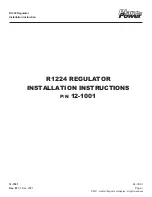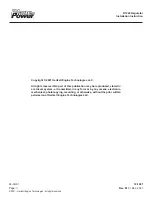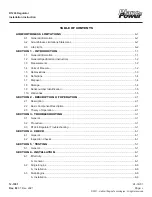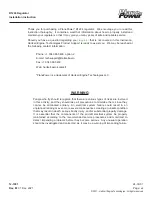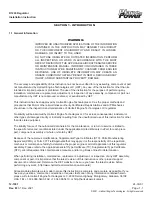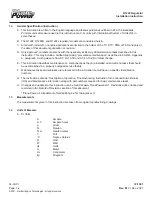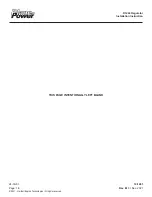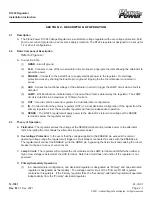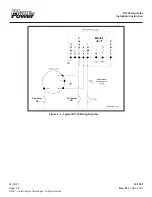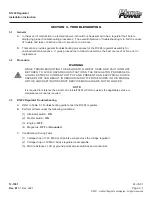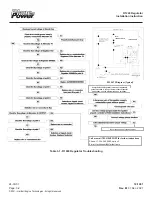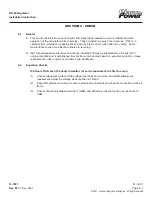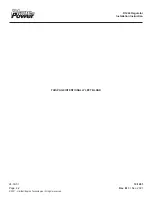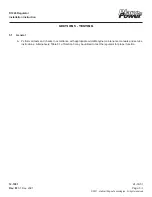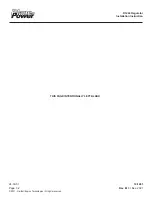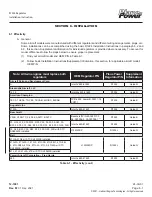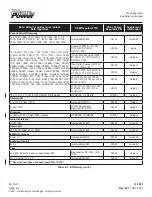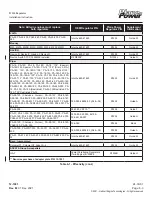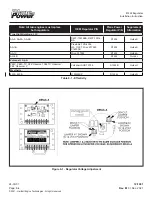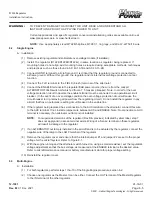
1.6 Definitions
A.
This paragraph defines the warnings and notifications used in this instruction.
WARNINGS
place critical
attention to use of tools, materials, procedures, or limitations, which must be followed without deviation to
avoid injury to the technician or other persons.
CAUTIONS
place immediate attention to use of tools and
procedures which must be followed to avoid injury, damage to equipment and/or facilities.
Notes
call attention
to procedures which make the job easier.
B.
The following are basic definitions of the terms used herein: (as related to this instruction)
ALTERNATOR:
The complete unit which transforms rotational energy from a powerplant
into electrical energy . At a given voltage, produces alternating current (AC) which is
converted to direct current (DC).
CONTINUITY:
The continuous path for the flow of current in an electrical circuit.
EMI:
Electro Magnetic Interference. A disturbance in the radio-frequency spectrum that is generated by an
external source that affects electrical devices or circuits by electromagnetic induction, electrostatic coupling, or
conduction.
OPEN:
Electrical term for a complete disruption of a conductive path in an electrical circuit. Will read infinite
resistance.
VOLTAGE REGULATOR:
The voltage regulator controls system voltage by controlling the electrical circuit
(called the field circuit) that energizes the electromagnet of the alternator rotor.
ROTOR:
Rotating electro magnet used to create a magnetic field.
TERMINALS:
Studs, screws or other devices that provide connections for electrical power.
1.7 Disposal
A.
Disposal of unairworthy parts and assemblies as well as required replacement parts should be as follows:
Rejected parts should be tagged and scrapped per FAA requirements. Any part deemed unairworthy must be
rendered unusable prior to discard. Rectifiers and PCB components may be considered hazardous waste and
should be discarded whole through your local hazardous waste management system.
1.8 Storage
A. If unused, the regulator has no special preservation procedures and should be stored in its original packaging
in a clean and dry environment. No storage limits are applicable if stored properly.
B. If the regulator is installed and has been in service, follow the recommendations of the engine and aircraft
manufacturer regarding storage and preservation.
R1224 Regulator
Installation Instruction
24-30-01
12-1001
Page: 1-4
Rev. M
: 01 Dec. 2021
© 2021 - Hartzell Engine Technologies - All rights reserved

